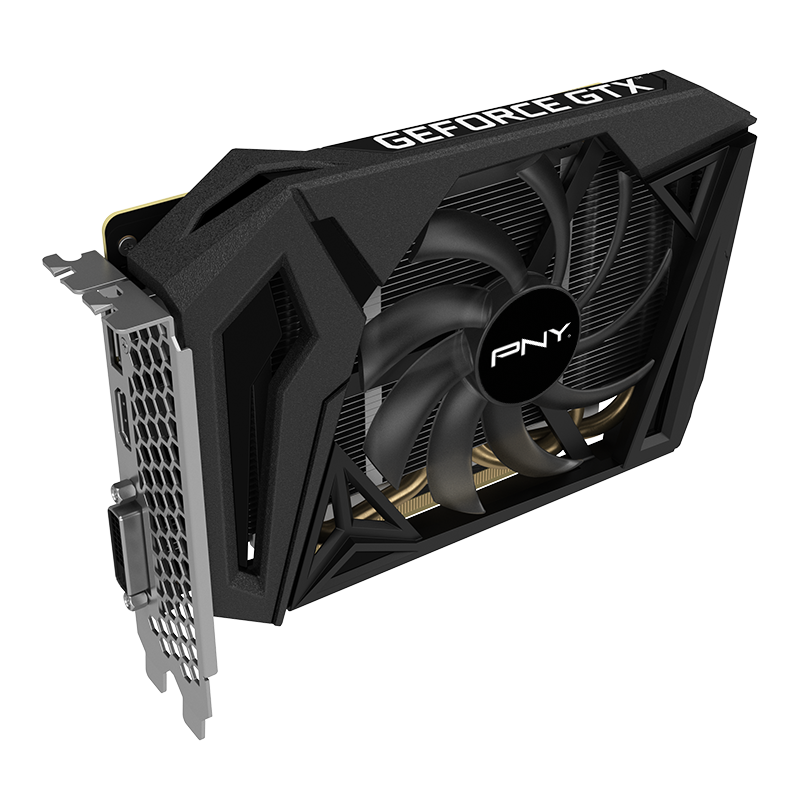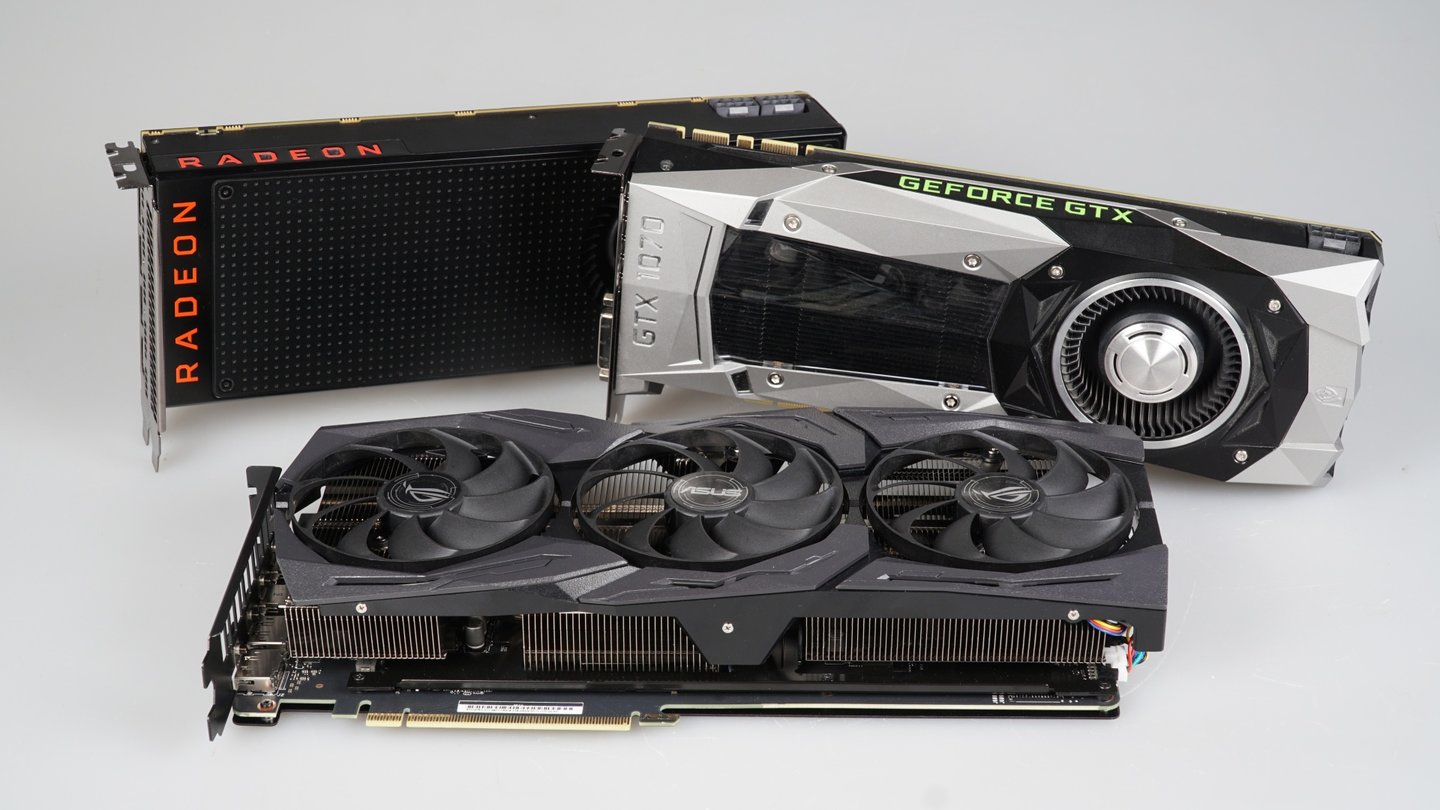

However, you can get an RTX3060 for around €600 - a GTX1660Ti also costs almost €500. At most color correction or noise (not both at the same time in the same clip, the 1660 can't cope with that).īut I also have a notebook with an AMD RYZEN 7 5800H, 64GB, RTX3060 (6GB) and I can do noise and color correction in one step in the same clip (so the 6GB video RAM is obviously not the bottleneck - rather the RAM 32GB to 64GB and the CPU).

and I edit GoPro videos up to 5k3 at 50FPS in H265 with up to 4 source videos.

I am convinced that shortly from Davinci also an update comes (almost always after there was a graphics card update). Under W11 there was a hangup until the start aborted, then DaVinci started perfectly (also with RunAS) but the projects that had already been imported caused a crash - restart the PC and then everything ran smoothly. I start DaVinci with "RunAS" as administrator - under W10 DaVinci behaved like after a new installation (the initial setup was run through) and I had to re-import all projects (I only have three). I've just updated to the latest 511.65 Studio driver - on both my Windows 10 and Windows 11 PCs. Just to show what installing the graphics card driver does to DaVinci: You can find all available (even older) NVIDIA drivers for your graphics card. However, the question arises as to whether it is really necessary to install the latest driver every time.Īfter the installation, the PC should always be restarted and then start DaVinci once. The tool also only displays the driver that is available for the respective graphics card - it is therefore not recommended to manually install any other version! You can use this tool to install the current driver for the graphics card used (alternate from here: ) - either the gaming or studio driver - which, as far as I know, does not exist for the 960 mentioned. When installing an NVIDIA driver, the NVIDIA GeForce Experience tool is also installed in addition to the NVIDIA Control Panel.


 0 kommentar(er)
0 kommentar(er)
